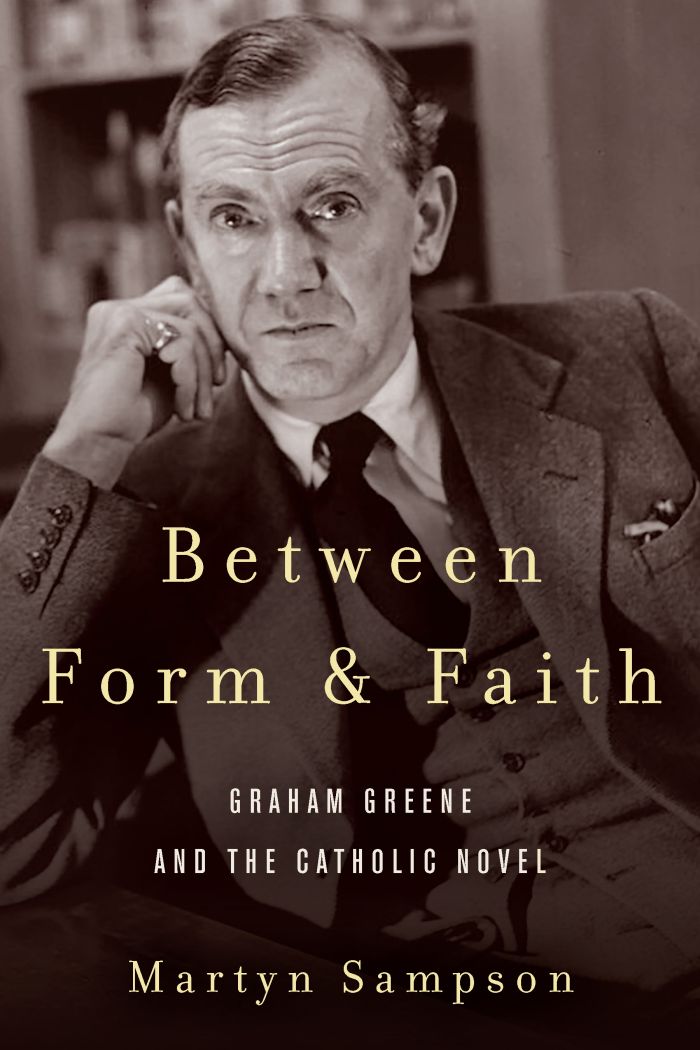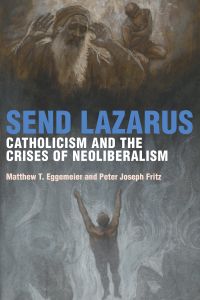Between Form and Faith
Graham Greene and the Catholic Novel

This book can be opened with

Martyn Sampson expands our understanding of both Graham Greene’s Catholic imagination and the status of theological aesthetics by focusing on the formal dimensions of Greene’s literary production over the easily abstracted theological content of his work. Sampson uses the term ‘impulses’ to interrogate the imaginative pressures of faith, belief, and doubt that drove Greene’s work throughout his long literary career. He argues, in the end, that Greene’s conception of what a Catholic novel might be is more about a genre that brings the secular and the religious closer than apart, an embrace of possibility and risk at the heart of the human condition. What is remarkable in this study is Sampson’s deep reading of the discourses of critical theory placed in conversation with the vast range of Greene’s scholarship over the past decade. Between Form and Faith is an impressive achievement—Mark Bosco, S.J., Georgetown University, author of Graham Greene's Catholic Imagination
Here is a book of genuine intellectual heft. In his analysis of Graham Greene, Martyn Sampson brings together the insights of contemporary critical theory with those of modern theology to turn the notion of a ‘Catholic Novel’ on its head, treating faith not as a body of beliefs external to the fictions and so to be affirmed or denied, but as a dimension of the novels’ imagined worlds. This insightful and innovative book should become essential reading for literary and theological scholars.—Richard Greene, University of Toronto
It''s an awesome feat of scholarship, wide-ranging in its sympathies, comprehensive in its coverage, and unafraid to tackle critical orthodoxies on Greene. I particularly admired the section on his literary criticism and the way Martyn Sampson related that to Graham Greene’s own creative practices; I''ve not seen that aspect of his output done before with such detail and lucidity. Overall a formidable combination of theological and theoretical analysis, seasoned with literary sensibility and that vanishing commodity known as common sense.—Emeritus Professor Neil Sinyard of the University of Hull, UK; author of Graham Greene: A Literary Life
...Sampson’s book is impressively researched and presents a unique approach to Greene’s fiction. One hopes that it invigorates additional scholars to explore the importance of form in Greene’s work.—Christianity & Literature
Introduction: The Uninstructed Catholic | 1
1 The Ache of Modernism: Theological Aesthetics in Greene’s Nonfiction | 15
2 Catholic Novels: Religious Anxieties in Brighton Rock and The Heart of the Matter | 38
3 Creator of Heaven and Earth:
Catholicism and the “Catholic” in The Power and the Glory and The End of the Affair | 80
4 Entertaining the Second Vatican Council:
Creative Theologies in The Honorary Consul and Monsignor Quixote | 119
5 Theory and Theology: Graham Greene’s Remapping of Common Ground | 161
Conclusion: Where Now? | 195
Acknowledgments | 201
Notes | 205
Bibliography | 233
Index | 261




